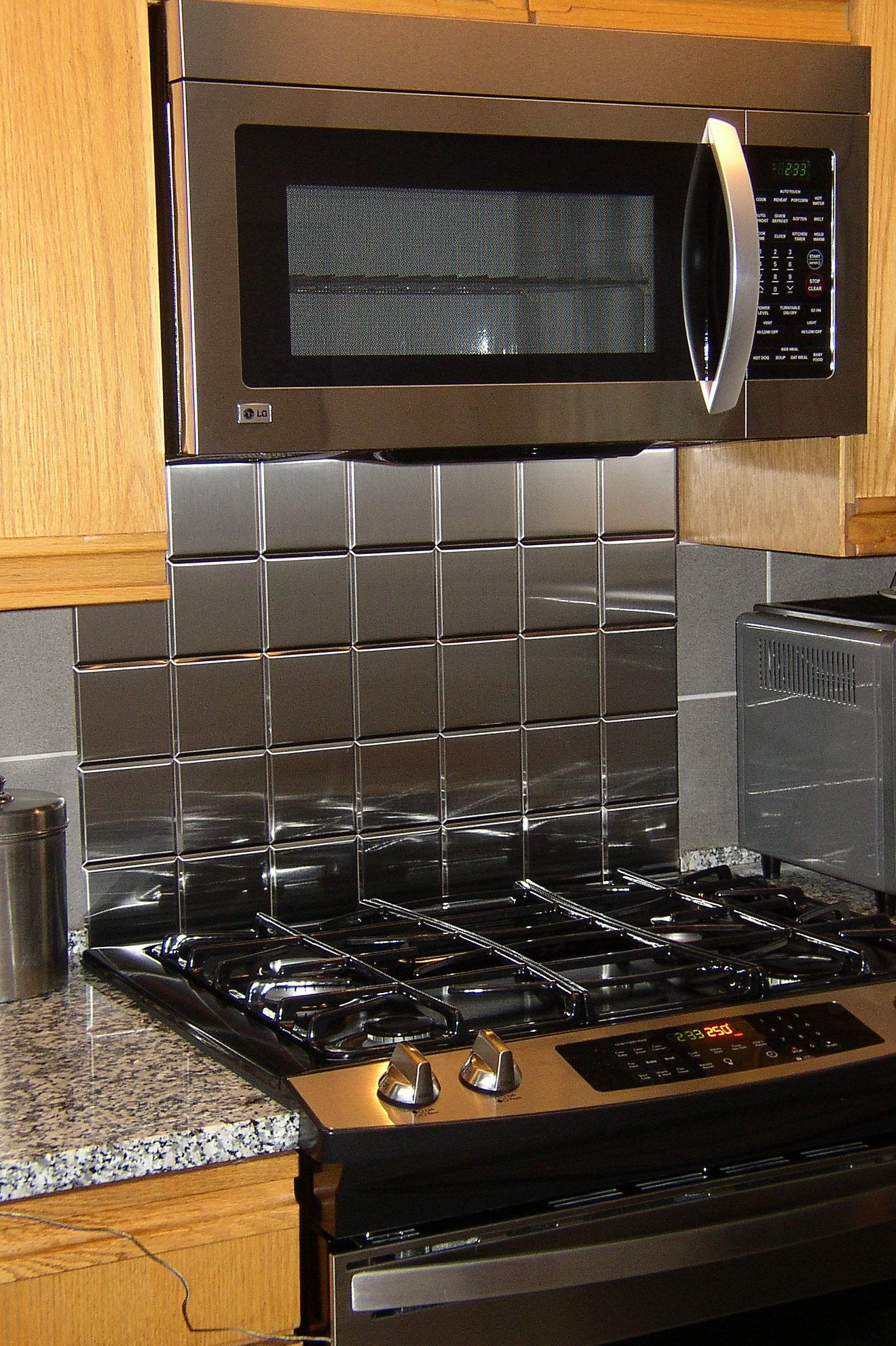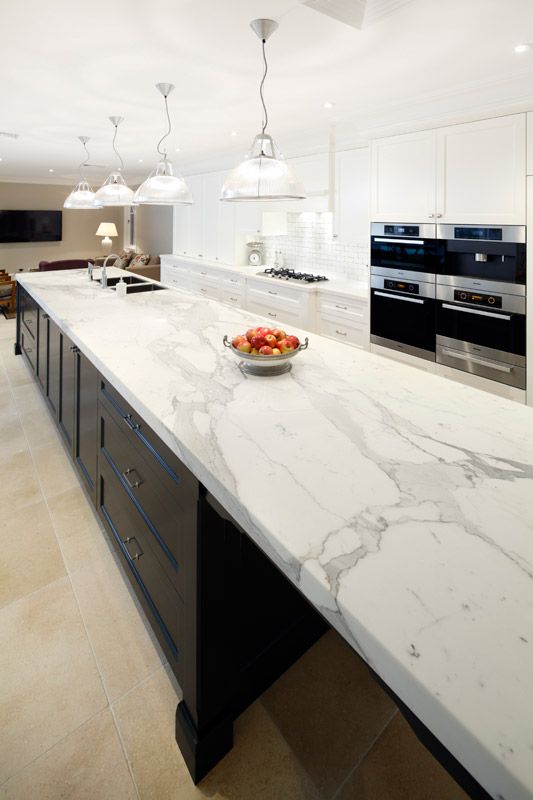A stainless steel kitchen backsplash is not only a practical choice but also a stylish one that can elevate the design of both residential and commercial kitchens. Known for its durability, ease of maintenance, and sleek appearance, stainless steel has long been a preferred material in professional kitchens, but it’s increasingly making its way into homes as well. The backsplash plays a critical role in protecting kitchen walls from moisture, heat, and food splatters, and stainless steel offers an ideal solution due to its robust characteristics. Whether you’re remodeling your kitchen or simply upgrading certain elements, incorporating a stainless steel backsplash can bring both functional and aesthetic benefits.
One of the primary advantages of a stainless steel backsplash is its durability. Stainless steel is known for being highly resistant to corrosion, rust, and staining, making it particularly well-suited for environments where moisture and humidity are constant factors. In kitchens, especially near stoves and sinks, backsplashes endure frequent splashes of water, grease, and food particles. Stainless steel can easily withstand these conditions without showing signs of wear. In addition, it is heat-resistant, which is especially important for areas behind stoves and cooktops, where heat exposure is continuous.

The ease of maintenance is another significant reason why stainless steel backsplashes are highly sought after. Cleaning a stainless steel backsplash is straightforward and requires minimal effort. A quick wipe with a damp cloth is usually enough to remove grease, food splatter, and fingerprints. Unlike tile backsplashes that have grout lines where dirt and mold can accumulate, stainless steel offers a smooth, non-porous surface that does not trap contaminants. This makes it an incredibly hygienic option, particularly in commercial kitchens where maintaining cleanliness is a top priority.
Stainless steel is also incredibly versatile when it comes to design. It complements a wide range of kitchen styles, from ultra-modern and minimalist to industrial or even transitional. Its reflective surface can brighten up the kitchen by bouncing light around the space, making it feel larger and more open. This quality is especially beneficial for smaller kitchens where natural light may be limited. Additionally, stainless steel backsplashes can be customized with various finishes, such as brushed, mirrored, or matte, offering options that can suit different tastes and design preferences.

One of the notable design aspects of stainless steel backsplashes is the opportunity to create a seamless look. Stainless steel sheets can be cut to size, providing a continuous surface that covers the entire backsplash area without joints or seams. This not only enhances the clean, streamlined look but also makes it easier to clean since there are no grout lines or cracks where dirt can accumulate. The seamless appearance is ideal for modern kitchens where minimalism and simplicity are key design elements. It also adds to the overall sleekness and sophistication of the space.
In terms of installation, stainless steel backsplashes are relatively easy to install, especially when compared to other materials like ceramic tiles or stone. Stainless steel sheets can be cut to size and installed directly onto the wall using adhesive, eliminating the need for complex grouting or sealing processes. This makes it a great option for DIY enthusiasts looking to upgrade their kitchen with minimal hassle. Additionally, stainless steel can be easily trimmed to fit around outlets, switches, and other kitchen features, ensuring a perfect fit in any space.

Beyond the aesthetics and practicality, stainless steel backsplashes also contribute to sustainability. Stainless steel is 100% recyclable, and many manufacturers offer products made from recycled materials. This makes it an eco-friendly choice for homeowners and businesses that are concerned about their environmental footprint. The material’s durability also means that it won’t need to be replaced frequently, further reducing waste over time. For those who are focused on creating a sustainable kitchen design, stainless steel is a smart and responsible choice.
Another benefit of stainless steel backsplashes is their ability to match with other stainless steel kitchen appliances and fixtures. Most modern kitchens feature stainless steel refrigerators, dishwashers, ovens, and sinks, and installing a stainless steel backsplash can tie these elements together for a cohesive look. The uniformity of materials can create a polished, professional feel, particularly in open-concept kitchens where design continuity is important. Even in more traditional kitchens, the combination of stainless steel with wood cabinetry or stone countertops can create an interesting contrast that enhances the overall design.
While stainless steel is typically associated with a smooth, reflective surface, there are various textures and patterns available for backsplashes that can add visual interest and uniqueness to the kitchen. For example, embossed or patterned stainless steel backsplashes can create a decorative element, transforming what might otherwise be a plain surface into a focal point. These patterns can range from geometric designs to custom motifs, offering endless possibilities for personalizing your kitchen space.

Cost-effectiveness is another important consideration when selecting a backsplash material, and stainless steel offers good value for money. While it may be more expensive upfront than some other materials, such as tile or laminate, its long-term durability and low maintenance requirements make it a worthwhile investment. Unlike materials that may need to be replaced or repaired due to wear and tear, stainless steel remains in excellent condition for many years, which can save money on future repairs or renovations.
Soundproofing can be a concern when installing stainless steel in any part of the kitchen, as metal surfaces can sometimes amplify noise. However, this issue can be easily mitigated by adding sound-dampening materials behind the backsplash during installation. This extra layer not only reduces noise but also adds a bit of insulation, improving the overall comfort of the kitchen. By addressing potential noise issues during installation, homeowners and chefs can enjoy the benefits of stainless steel without worrying about an overly loud environment.
Stainless steel backsplashes are not limited to standard kitchen designs; they can also be used creatively to make a statement. For example, stainless steel backsplashes can be installed in unique shapes or extended beyond the typical backsplash area to cover entire walls, creating a dramatic and modern aesthetic. Some designers use stainless steel backsplashes as part of accent walls, combining them with other materials like wood or stone to add contrast and depth to the space. This flexibility allows for more artistic expression and innovation in kitchen design.

Another advantage of stainless steel backsplashes is their resistance to fire and heat. Unlike materials like wood or laminate, stainless steel won’t warp, burn, or degrade when exposed to high temperatures. This makes it an excellent choice for areas behind stoves or ranges where heat exposure is frequent. It also adds an extra layer of safety to the kitchen, particularly in commercial settings where fire safety regulations are stringent. The fire-resistant properties of stainless steel make it not only a durable choice but a safe one as well.
One common misconception about stainless steel is that it might be prone to scratches or dents. While stainless steel can show minor scratches over time, high-quality stainless steel is designed to resist heavy wear and tear, and many finishes are available that can minimize the appearance of scratches. Additionally, stainless steel can be buffed or polished to restore its original shine if it becomes dull or scratched. In high-traffic kitchens, opting for a brushed or matte finish can also help conceal any minor imperfections that may occur.
Despite its many advantages, stainless steel backsplashes may not be the ideal choice for every kitchen. For example, some homeowners might prefer a warmer, more textured material like tile or stone. However, stainless steel can be combined with these materials to create a balanced look. For instance, installing a stainless steel backsplash behind the stove and using tile for the rest of the kitchen can provide both function and style. This hybrid approach allows homeowners to enjoy the benefits of stainless steel without sacrificing their preferred aesthetic.
Ultimately, a stainless steel kitchen backsplash is a wise investment for anyone seeking durability, hygiene, and a modern aesthetic. Whether installed in a high-end restaurant kitchen or a stylish home, stainless steel offers long-lasting performance and a sleek, contemporary look that can enhance any space. With its wide range of finishes, textures, and customization options, stainless steel backsplashes offer flexibility for all kinds of kitchen designs, making them a versatile choice for both form and function.

Common Mistakes to Avoid
One of the most common mistakes when installing a stainless steel backsplash is neglecting to properly measure the space. Stainless steel sheets must be cut precisely to fit the area, and even minor measurement errors can result in gaps or uneven edges.
Another mistake is failing to consider the finish of the stainless steel. High-gloss finishes can show fingerprints and smudges easily, which might require more frequent cleaning, so opting for a brushed or matte finish could be more practical in busy kitchens.
Additionally, some people try to install stainless steel backsplashes without using appropriate adhesive or sound-dampening materials, which can lead to noise issues and poor adhesion. Lastly, not protecting the surface during other kitchen renovations can lead to accidental scratches or dents.

Is a stainless steel backsplash easy to clean?
Yes, stainless steel backsplashes are incredibly easy to clean. Their smooth, non-porous surface resists food, grease, and water stains, making it simple to wipe down with a damp cloth or mild cleaner. Unlike other materials like tile, stainless steel doesn’t have grout lines where dirt can accumulate, making it one of the most hygienic choices for a kitchen backsplash.
Can a stainless steel backsplash rust over time?
High-quality stainless steel is highly resistant to rust and corrosion, which is one of the reasons it is a popular choice for kitchen environments. However, in rare cases where low-grade stainless steel is used or the surface is exposed to harsh chemicals for prolonged periods, minor rusting can occur. To prevent rust, it’s best to avoid using abrasive cleaners and ensure that the surface is regularly wiped down.
What is the best way to maintain a stainless steel backsplash?
Stainless steel backsplashes require minimal maintenance. Regularly cleaning the surface with a soft cloth and a mixture of water and mild dish soap is usually sufficient. For tougher spots, non-abrasive cleaners designed for stainless steel can be used. It’s also recommended to avoid harsh scrubbing pads that can scratch the surface. Over time, polishing the surface can help maintain its shine.

Does a stainless steel backsplash fit with any kitchen style?
While stainless steel is often associated with modern or industrial kitchens, it is versatile enough to fit into a variety of kitchen styles. Whether paired with wood cabinetry for a warm, rustic feel or with marble countertops for a more luxurious look, stainless steel can complement and enhance many different design aesthetics. Custom finishes, patterns, and textures also allow for more creative expression.
How long does a stainless steel backsplash last?
Stainless steel is an incredibly durable material that can last for decades without showing significant signs of wear, especially when properly maintained. Its resistance to corrosion, heat, and impact means that it is unlikely to require replacement, making it a long-term investment for your kitchen. Even in high-traffic areas like commercial kitchens, stainless steel backsplashes hold up well over time.
Is stainless steel eco-friendly?
Yes, stainless steel is an eco-friendly material. It is 100% recyclable, and many stainless steel products are made from recycled materials. Additionally, its durability ensures that it doesn’t need to be replaced frequently, reducing waste. For those looking to create a sustainable kitchen, stainless steel is an excellent choice both for its longevity and its ability to be recycled at the end of its lifecycle.

Related Posts:
- Modern Farmhouse Kitchen Backsplash
- Light Grey Backsplash Kitchen
- Mid Century Kitchen Backsplash
- Teal Kitchen Tile Backsplash
- Replace Kitchen Backsplash Cost
- Glass Backsplashes For Kitchens Pictures
- Kitchen Backsplash Las Vegas
- Carrera Marble Backsplash Kitchen
- Decorative Kitchen Backsplash Ideas
- Kitchen Backsplash Hand Painted Tile